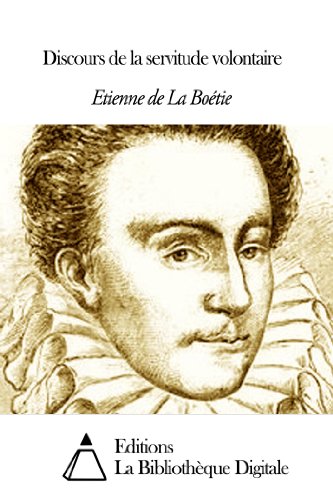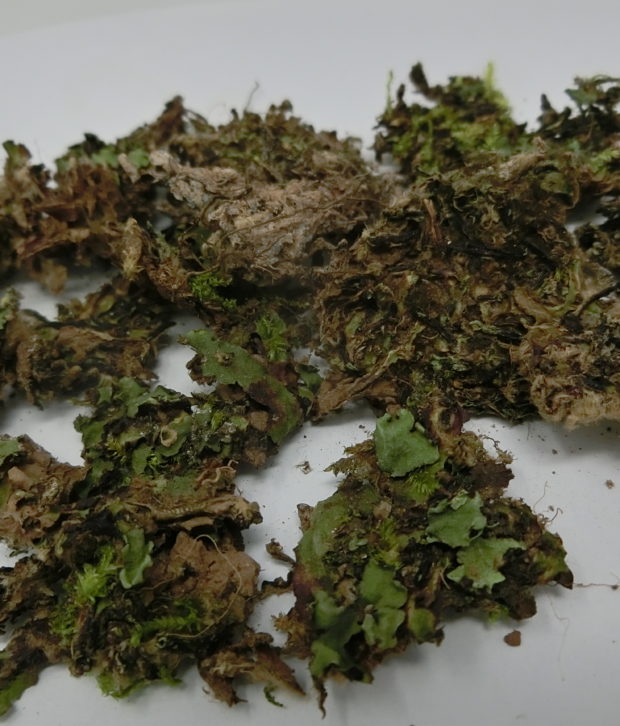

Due to these properties, for centuries bryophytes have been used to combat health problems in many cultures on different continents. Secondary metabolites in bryophytes can also be involved in stress tolerance, i.e., in UV-absorptive and drought-and freezing-tolerant activities. Instead, they have acquired the ability to produce a wide range of secondary metabolites with diverse functions, such as phytotoxic, antibacterial, antifungal, insect antifeedant, and molluscicidal activities. Bryophytes lack developed physical barriers, yet they are rarely attacked by herbivores or pathogens. They are common in almost all ecosystems, where they play important roles. Lastly, we discuss the legal framework for the ingestion of these biological materials which currently receive the attention as a legal high.īryophytes constitute a heterogeneous group of plants which includes three clades: approximately 14,000 species of mosses (Bryophyta), 6000 species of liverworts (Marchantiophyta), and 300 species of hornworts (Anthocerotophyta). Different non-cannabis plant sources are described either from those belonging to the angiosperm species and bryophytes, together with their metabolomic structures.

In this review, the overview of the phytocannabinoid biosynthesis is presented. Phytocannabinoids have been isolated as artifacts from their carboxylated forms (pre-cannabinoids or acidic cannabinoids) from plant sources. The development of cannabinomics has uncovered evidence of new sources containing various phytocannabinoid derivatives. As a result of the biogenetic process, aliphatic ketide phytocannabinoids are exclusively found in the cannabis species and have a limited natural distribution, whereas phenethyl-type phytocannabinoids are present in higher plants, liverworts, and fungi. These discoveries led to the identification of cannabinoid receptors, which modulate psychotropic and pharmacological reactions and are found primarily in the human central nervous system. Phytocannabinoids are isoprenylated resorcinyl polyketides produced mostly in glandular trichomes of Cannabis sativa L.


 0 kommentar(er)
0 kommentar(er)
